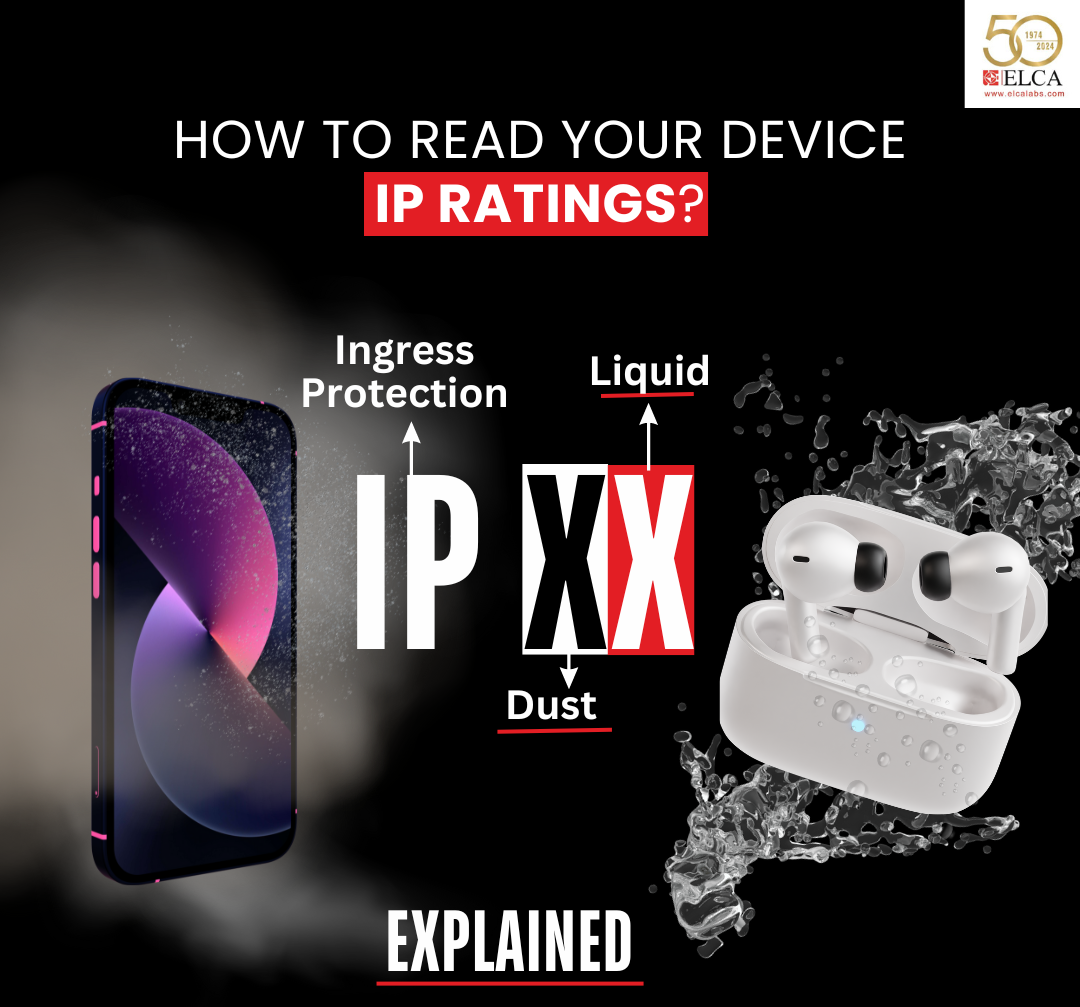How to Read and Understand Your Device’s IP Ratings?

How to Read and Understand Your Device’s IP Ratings: A #Technical Breakdown
🔍 Ever wondered what those mysterious IP numbers on your tech gadgets mean? They serve as a code indicating your device’s toughness against dust and water, measuring its resistance to environmental factors
The most common reference standard for IP codes is IEC 60529 – Degrees Of Protection Provided By Enclosures (IP Code)
Let’s break down the various codes provided by this standard:
The IP (Ingress Protection) rating system follows the format IPXX, where each ‘X’ is a number that indicates the device’s level of protection against solids and liquids:
First Digit:
• 0: No protection against solid objects
• 1: Protection against solid foreign objects of 50 mm Ø and more
• 2: Protection against solid foreign objects of 12.5 mm Ø and more
• 3: Protection against solid foreign objects of 2.5 mm Ø and more (including tools)
• 4: Protection against against solid foreign objects of 1 mm Ø and more
• 5: Protection against dust (limited intrusion)
• 6: Dust-tight (no dust intrusion)
Second Digit:
• 0: No protection against water
• 1: Protection against vertically falling water drops
• 2: Protection against dripping water when tilted at 15 degrees
• 3: Protection against spraying water (60 degrees from vertical)
• 4: Protection against splashing water (120 degrees from vertical)
• 5: Protection against water jets (6.3mm nozzle, 12.5 liters/minute, 2.5 to 3 meters distance)
• 6: Protection against powerful water jets (12.5 mm nozzle, 100 liters/minute, 2.5 to 3 meters distance)
• 7: Protection against temporary immersion in water (0.15m above top, 1 meter above bottom, 30 minutes)
• 8: Protection against continuous immersion in water (1 meter depth or more, 30 minutes or more)
• 9: Protection against high-pressure hot water (80 degrees Celsius, 15 liters/minute, 30s/position, 150mm to 200mm distance)
Why is the IP rating important?
For rugged devices used in harsh conditions—whether exposed to dust or water—the IP rating indicates the level of protection. For instance, a device rated #IP68 is dust-tight (6) and can handle water submersion (8), making it ideal for extreme environments. In contrast, an IPX4 rating protects against splashes but isn’t dust-resistant, suitable for light-duty, everyday use.
How does this affect your device choice?
Understanding IP ratings helps you select the right technology. Whether you need a device that endures dust and water in harsh environments or just basic splash resistance for daily use, the IP rating clarifies your device’s durability and resilience..
At ELCA Laboratories, we specialize in #Electrical & Electronic Testing, #EnvironmentalTesting, and #IngressProtection Testing. We conduct thorough evaluations to ensure products meet rigorous IP standards, providing protection against environmental factors.


